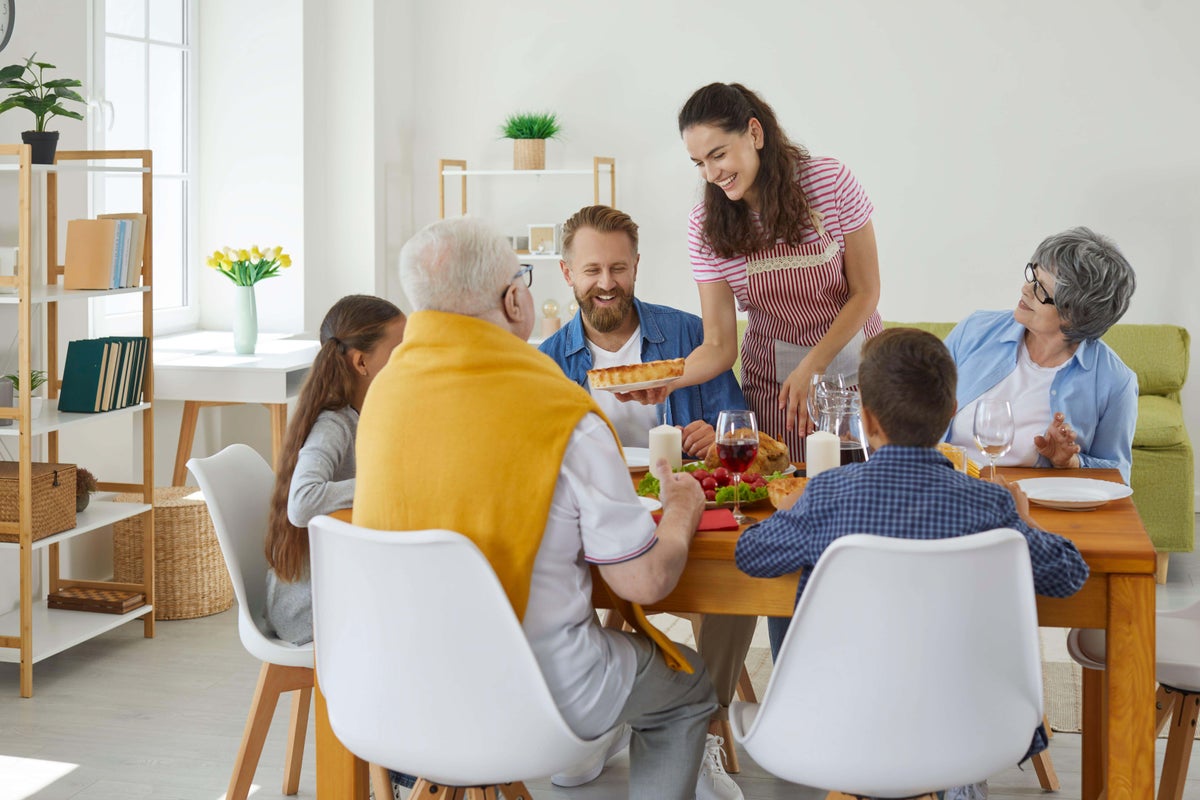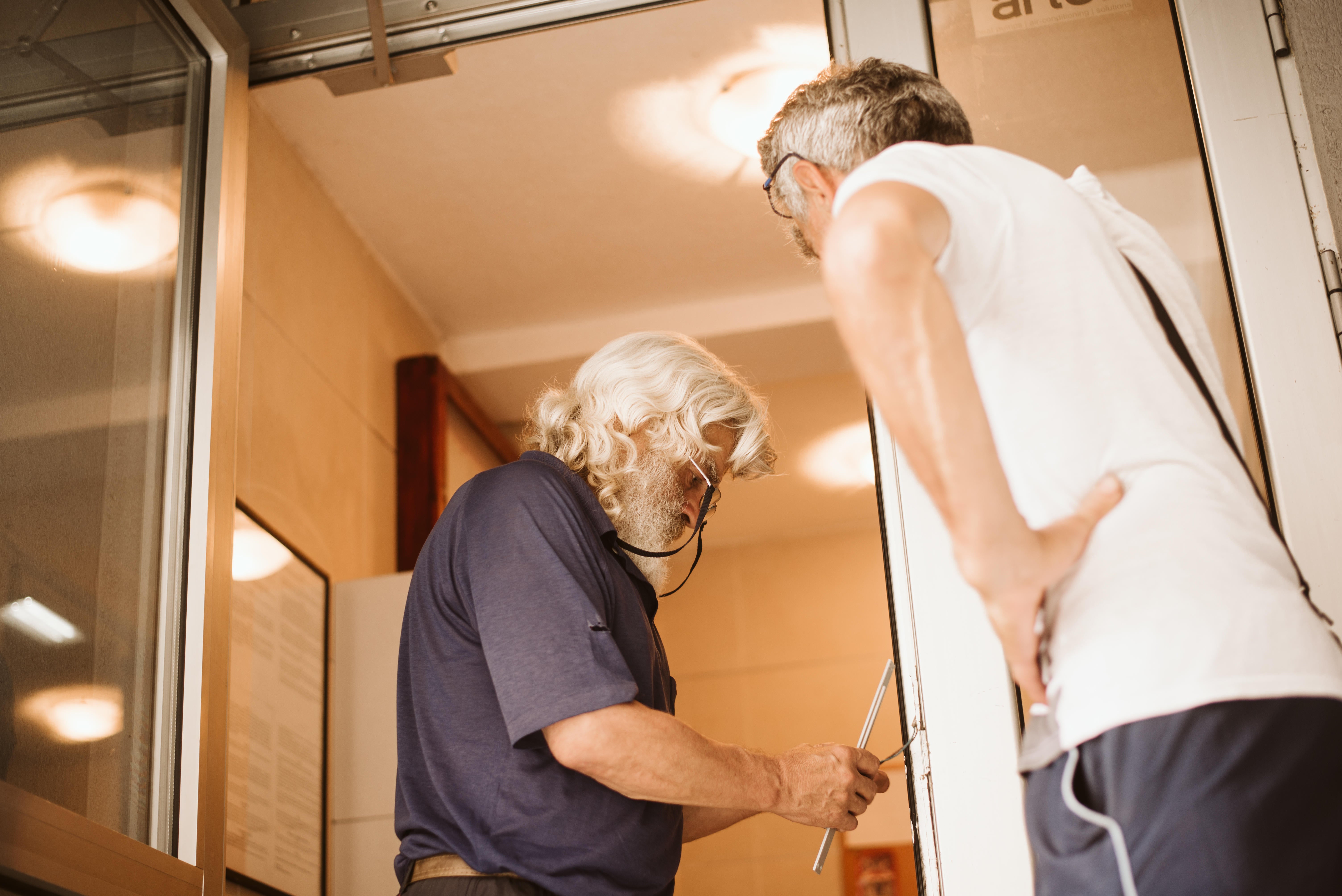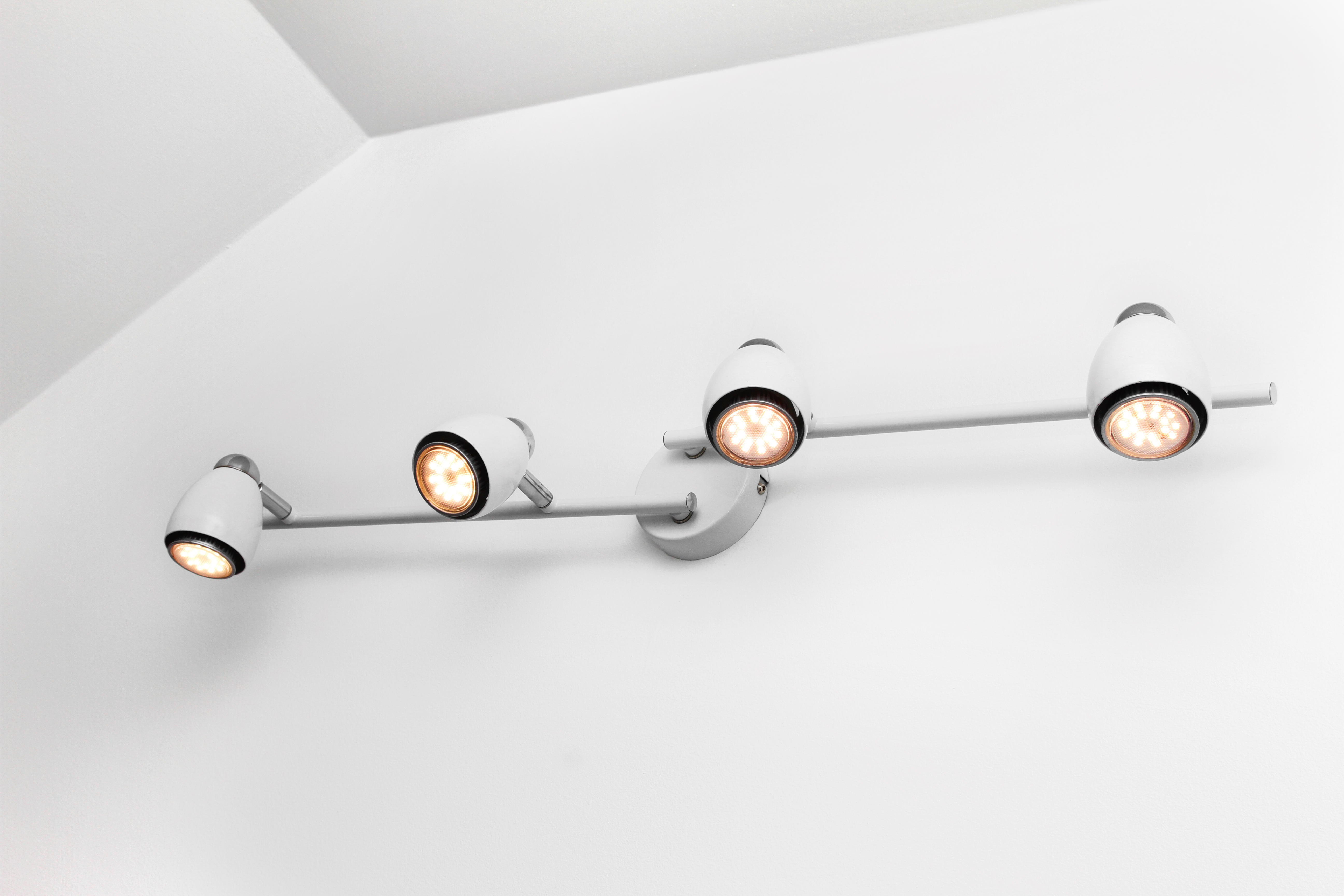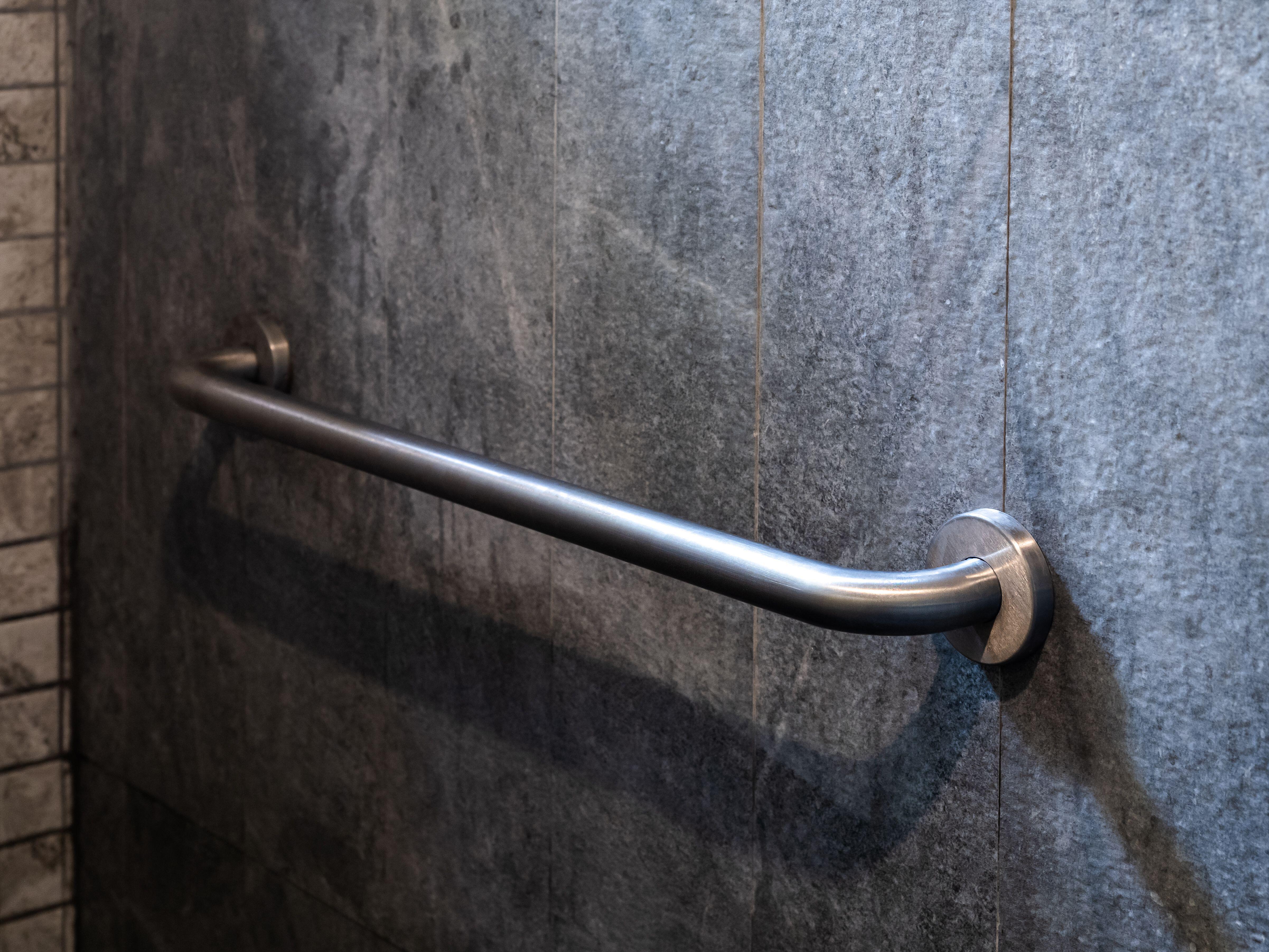
Multigenerational living is on the rise – although by how much depends on which research you choose.
A new study by homelifts specialist Uplifts found 49% of 2,000 UK adults questioned lived in households spanning multiple generations, and more than a third (34%) of these households had made changes to better accommodate all the generations of their family.
However, the Centre for Ageing Better points out that in the most recent Census, in 2021, just 2.1% of households in England and Wales were multigenerational, an increase from 1.8% in 2011.
But whatever the true figure, academics believe households that span multiple generations are definitely an increasing trend. Prabash Edirisingha, a consumer researcher at Northumbria University who studies family consumption patterns across generations, says: “My research into multi-generational households reveals they are now the fastest-growing household type in England and Wales.
“While the emotional and economic advantages are undeniable, families must remain realistic about the challenges. Different generations often bring diverse expectations, lifestyles and values into shared spaces – differences that can lead to tension if not thoughtfully managed.”
While the increase in multigenerational living is, in part, due to financial necessity, with many young people unable to afford to buy their own homes and their grandparents not wanting to spend their savings on care home costs, the Uplifts research found there are other reasons for the increase too.

Although saving money was a key advantage for 39% of those questioned, more than half (55%) cited stronger family bonds as the primary benefit.
Kate Sheehan, an occupational therapist specialising in housing adaptations, stresses that the key to successful multigenerational living is not only taking what each member of the family wants and needs into consideration, but also being aware of how those needs might change over time.
“Achieving positive and harmonious multigenerational living begins with understanding the unique needs of each family member, anticipating future changes, and responding with both functional and attractive design solutions,” she says. “It’s essential that everyone in the household can access all areas of the property, ensuring it truly feels like home for all.”
Millie Brown, deputy director for homes at the Centre for Ageing Better, explains that only one in eight homes in this country currently has all four key accessibility features for elderly family members: namely a ground-floor toilet, sufficiently wide doorways, circulation space for a wheelchair, and no steps at the front door.
“Multigenerational living, and supporting older people to age in place, can be hugely beneficial to families and can help to reduce pressures on social care,” she says.
“But many families will find a key barrier to establishing these arrangements is the unsuitability of their own home for older people.”

She also points out that financial support for homeowners who want to adapt their homes for multigenerational living has declined substantially in recent years.
“The other barrier many people are likely to find in creating a multigenerational home is the support on offer to make improvements and adaptations,” she says. “Grants for home improvement support have shrunk by more than £2 billion over the last decade, and the range of support available to people is variable from one place to another.
“We need a network of good home hubs – local one-stop shops offering comprehensive advice and support on all aspects of home improvement.”
Finances permitting, Sheehan says the most common and most necessary adaptations for a multigenerational home are…
1. Wider doorways
If a family member needs a wheelchair, widening doorways will make life at home much easier.
“Installing wider doorways markedly improves movement throughout the house, not only for accessibility, but also for practical tasks like moving furniture,” says Sheehan. “Such thoughtful choices enhance comfort and convenience for everyone.”
2. Good lighting

While younger members of the family might prefer more subdued lighting, particularly when they’re entertaining friends, brighter lighting is a necessity for older relatives whose eyesight may be failing, so bright lights with a dimmer switch, or plenty of lamps that can make a room brighter, may work for everyone.
“Proper lighting is crucial, especially in spaces like staircases and bathrooms, where slips and trips are common hazards for both young and old,” points out Sheehan.
3. Downstairs bedrooms
The Uplifts research found 28% of families questioned had added ground-floor bedrooms to their home for an elderly relative. But such a modification goes hand-in-hand with adding a downstairs toilet if the home doesn’t already have one.
4. Separate living rooms
Nearly a third (32%) of the multigenerational householders surveyed had created separate living areas in their homes – modifications that provide privacy and independence for both young and old, if space allows it.
“In a multigenerational household, personal space is crucial for individual comfort and overall harmony,” Sheehan explains. “Even when space is limited, providing a dedicated area, such as a chair in a bedroom, can greatly enhance the household’s ability to coexist successfully.”
5. New bathroom/bathroom adjustments
The Uplifts research found one of the most common adaptations was a new bathroom, which was added by 32% of multigenerational households. But if a whole new bathroom is too expensive, Sheehan suggests installing a wetroom-style shower in your existing bathroom, and reinforcing walls to enable future fitting of grab rails (which 22% of the survey respondents said they’d installed), or a wall-mounted shower seat.
She says: “Whenever possible, fit the bathroom door to open outwards – this small adjustment can make a significant difference in an emergency, providing swift access if assistance is needed.”

6. Adding a lift
Because elderly family members may struggle with stairs, adding either a stairlift or a home lift is the ultimate accessibility feature, added by 15% of the multigenerational homeowners surveyed.
“Stairs can become challenging with age, whether due to physical limitations or simply fatigue from an active daily routine,” comments Sheehan. “Installing a homelift or stairlift can greatly ease movement between floors. And these solutions aren’t just for older adults – a lift can be invaluable for gently transporting a sleeping child upstairs without disturbance, demonstrating how inclusive design supports the needs of every generation.”
7. Kitchen modifications
Older people with mobility/balance issues may struggle to stand while cooking, so consider installing a lower worktop to allow them to sit and help with food preparation, says Sheehan, who also suggests fitting an instant hot tap. “This will reduce the need to lift and carry hot water – not only is it quicker, it’s more energy-efficient.”







